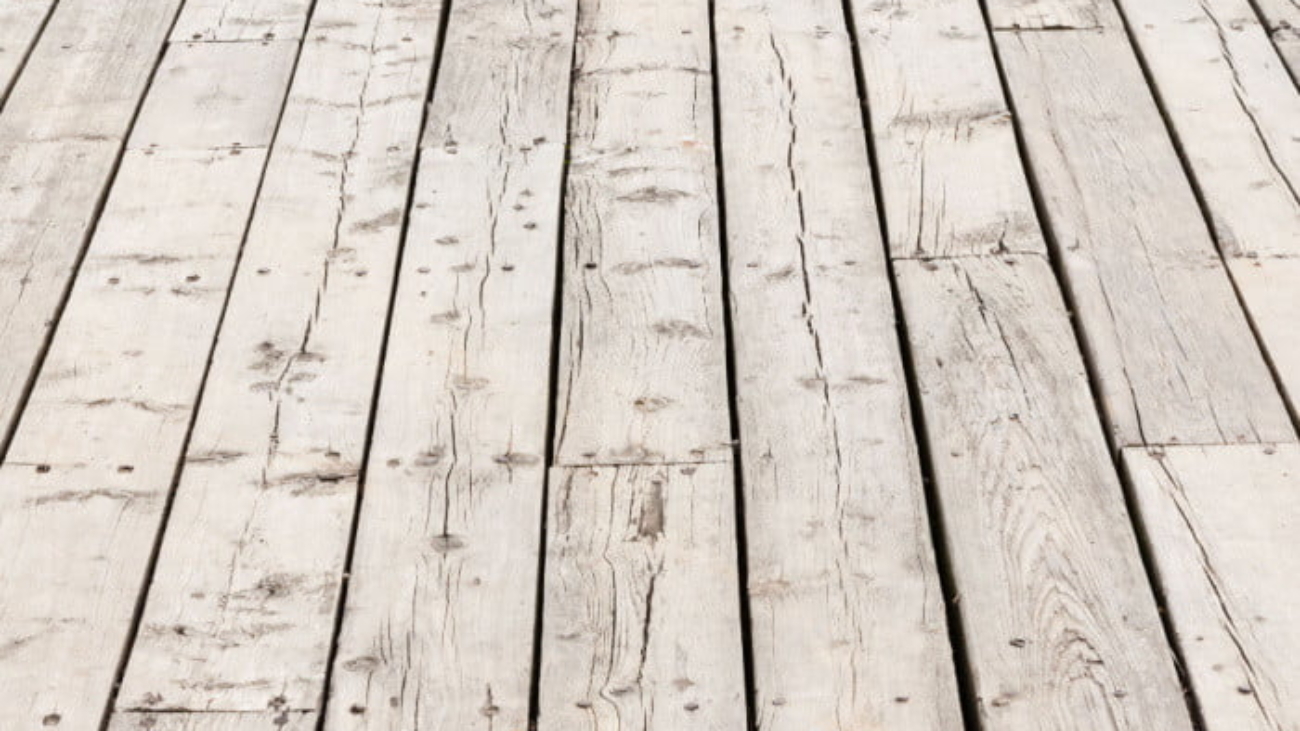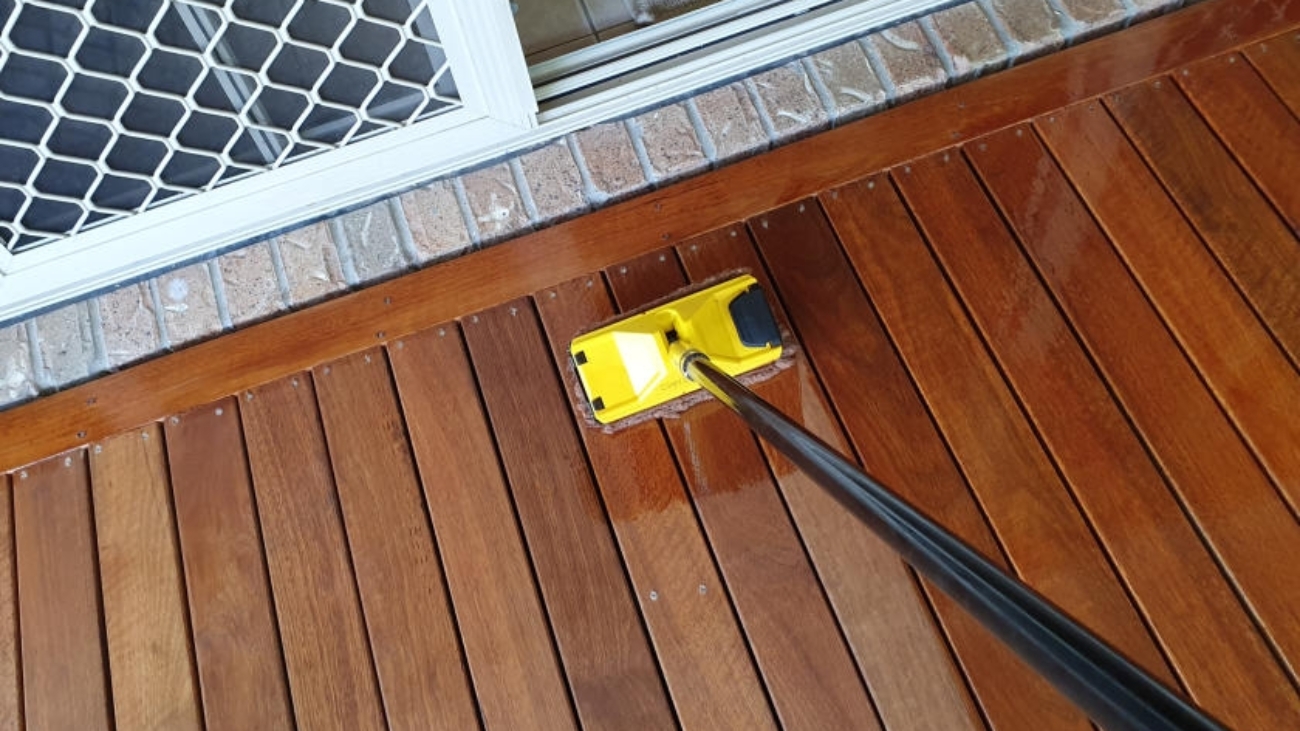The sun can have various effects on wood decks, both directly and indirectly, due to its exposure to ultraviolet (UV) radiation and heat. Here are some ways in which the sun can affect wood decks:
Fading: Prolonged exposure to sunlight can cause the color of wood decks to fade over time. UV radiation breaks down the pigments and natural oils in the wood, leading to a loss of color saturation and vibrancy. This is particularly noticeable in decks with darker stains or finishes.
Drying Out: Sunlight and heat can accelerate the drying process of wood, leading to moisture loss and potential drying out of the wood fibers. This can cause the wood to shrink, crack, and split, especially in hot and arid climates or during periods of prolonged drought.
Warping and Cupping: Uneven exposure to sunlight can cause wood decks to warp, cup, or twist as the surface layers of the wood expand and contract at different rates. This can result in uneven decking boards, gaps between boards, and an uneven surface texture.
Surface Degradation: UV radiation can degrade the surface of wood decks by breaking down the lignin and other natural components of the wood. This can result in surface checking, cracking, and weathering, giving the deck a rough, weathered appearance.
Mold and Mildew Growth: While sunlight can help inhibit the growth of mold and mildew on wood surfaces by drying out moisture, shaded areas of the deck may still be susceptible to fungal growth. These areas may retain moisture longer, leading to the development of mold, mildew, and algae.
Heat Retention: Wood decks exposed to direct sunlight can become hot to the touch, especially during the summer months. This can make the deck uncomfortable to walk on barefoot and can contribute to overheating of the surrounding indoor spaces if the deck is attached to a house.
To mitigate the effects of sun exposure on wood decks, consider taking the following preventive measures:
• Apply a protective sealant or wood finish with UV inhibitors to help protect the wood from UV radiation and moisture.
• Provide shade over the deck with umbrellas, awnings, pergolas, or shade sails to reduce direct sunlight exposure.
• Regularly clean and maintain the deck to remove dirt, debris, and organic matter that can promote mold and mildew growth.
• Use a deck cooling system or cooling mat to reduce surface temperatures and make the deck more comfortable during hot weather.
• Monitor the condition of the deck regularly and address any signs of damage or deterioration promptly to prevent further problems.


